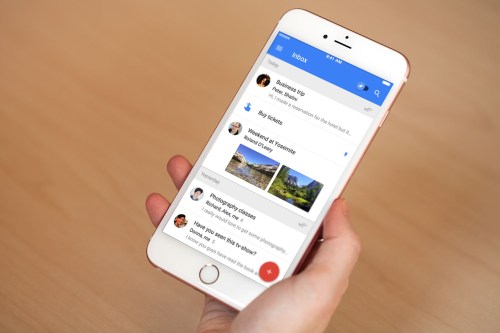
First, to get a sense of how intelligent the company’s machine learning models have become at flagging malicious communications, Google claims Gmail now identifies spam and phishing attempts with 99.9 percent accuracy. That’s a stunning statistic, but the search giant still isn’t satisfied — which is why it has bolstered its efforts with a new technology called early phishing detection.
Early phishing detection withholds some messages from delivery for a brief time — less than 0.05 percent, Google says — to perform deeper analysis. The service checks these messages against other similarly suspicious examples to generate a more accurate model, strengthening Gmail’s detection abilities. If you happen to click on an email and stumble upon a warning of suspected phishing, this is the process that’s keeping you at arm’s length from the sketchy stuff.
But, of course, Gmail users are human (mostly), and occasionally make human mistakes — like accidentally divulging company secrets. Google is aware of this, which explains another critical update it is rolling out to business users. If you attempt to send an email to someone outside your employer’s domain that you don’t have a history of contacting, Gmail will now warn you before you click the send button.
In addition to early phishing detection and unintended reply warnings, Gmail has also gotten better at sniffing out malicious attachments by tapping into sender heuristics and common spam signals. Google also blocks certain file types, like .exe, that pose greater security risks. For more information on all of Gmail’s security updates, Google’s Andy Wen dove into the finer details in a recent blog entry.
Editors' Recommendations
- Google is killing your passwords, and security experts are (mostly) happy
- Google’s latest anti-spam change helps clean up your calendar
- Update Google Chrome now to patch this critical security flaw
- Gmail experiencing disruption globally, Google confirms
- Report indicates Google is discontinuing the Nest Secure system